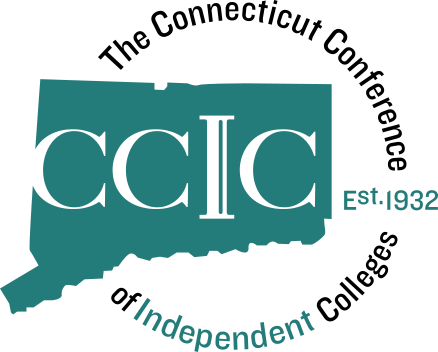After nearly 20 years, sports are returning to Florida SouthWestern State College.
The two-year college on Florida's Gulf Coast is investing in a new arena to host games played by its volleyball and men’s and women’s basketball teams. They’ve partnered with county officials to offer baseball and softball at a nearby facility formerly used for Major League Baseball spring training. They’ve also hired coaches and a new athletic director, all in hopes of boosting the new program and catering to students who want a more traditional college atmosphere.
Meanwhile, more than 1,300 miles west of Florida, faculty, staff and students at Northwest Arkansas Community Collegetook a pass on a proposal to begin an athletic program.
There simply wasn’t enough interest.
Across the country, many two-year colleges are turning to their students and examining whether or not athletic programs fit the profile of their institutions. When there is a lack of student interest, it can be hard for colleges to justify the cost of running the programs, which are often expensive.
“Administrators reviewed feedback from many people within the institution and from stakeholders in our community, and we concluded that the timing is not right,” said Evelyn Jorgenson, president of Northwest Arkansas Community College, in an email. The college’s board decided not to start an athletic program last week.
Officials at the college, which has about 8,000 full- and part-time students, said an athletic program would cost at least $150,000 a year, so instead they'll focus on club sports.
Student interest wasn’t high at Eastern Maine Community College (EMCC), either.
That college is placing its athletic program on hiatus for a year to re-evaluate which sports to offer and how to boost student excitement about them.
“Community colleges nationwide have had a lot of growth, and we’re the same way -- our enrollment growth was strong over the last four years, so you assume athletics would grow as well, but it’s not like that at all here,” said Matt McLaughlin, a spokesman for EMCC.
The college's enrollment has increased from about 2,300 full-time students in 2011 to 2,600 last fall. Yet only 68 students participated in the college’s 12 athletic programs, he said.
Eastern Maine is maintaining its membership in the Yankee Small College Conference and the United States Collegiate Athletic Association, so it can seamlessly return to sports in the 2016-17 academic year.
Lackluster student interest isn’t the only thing impacting athletic programs: Western Nevada College will shut down its baseball and softball teams next year because of a lack of funding. The college had about 50 students participating in a program that cost more than $400,000 per year to operate.
